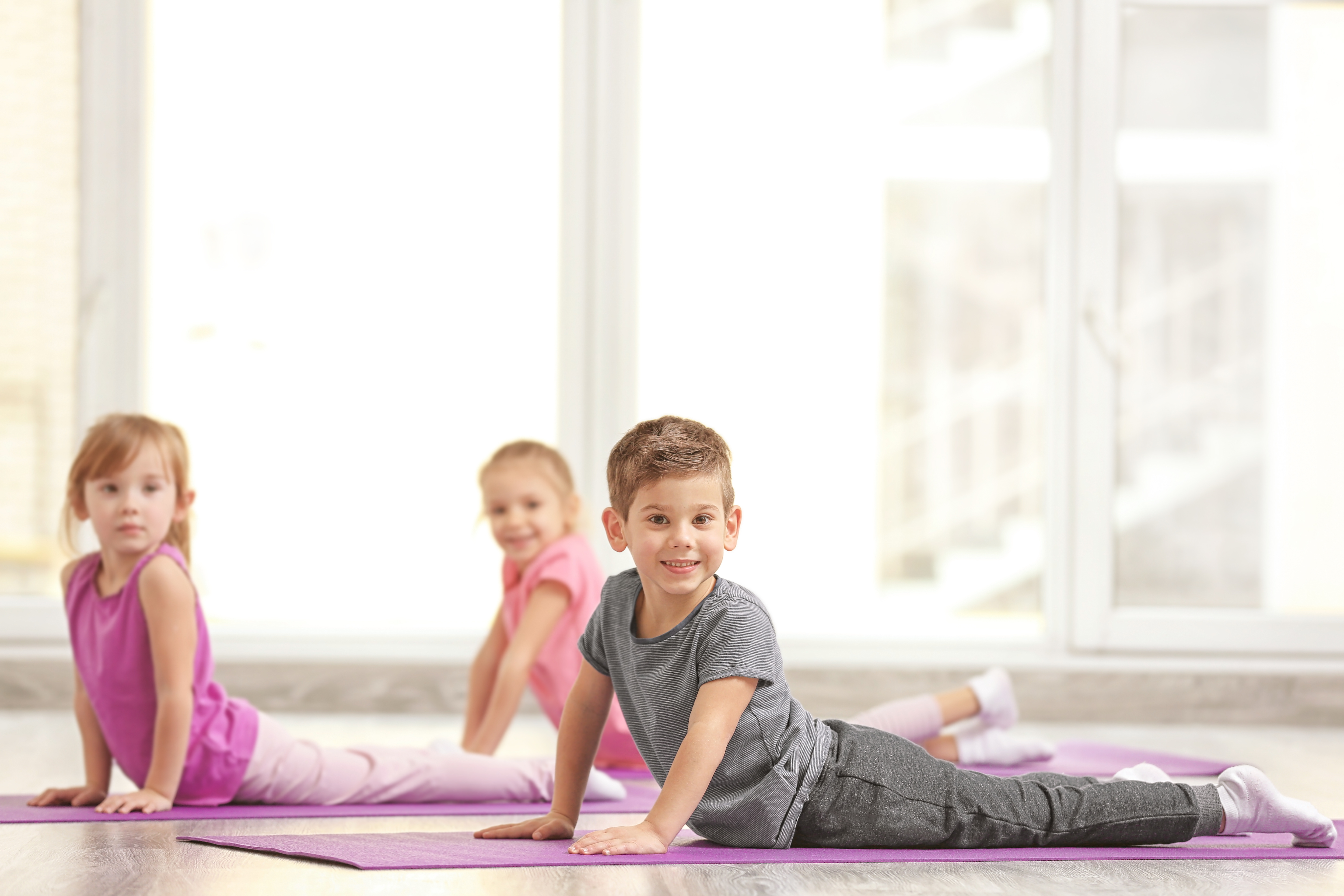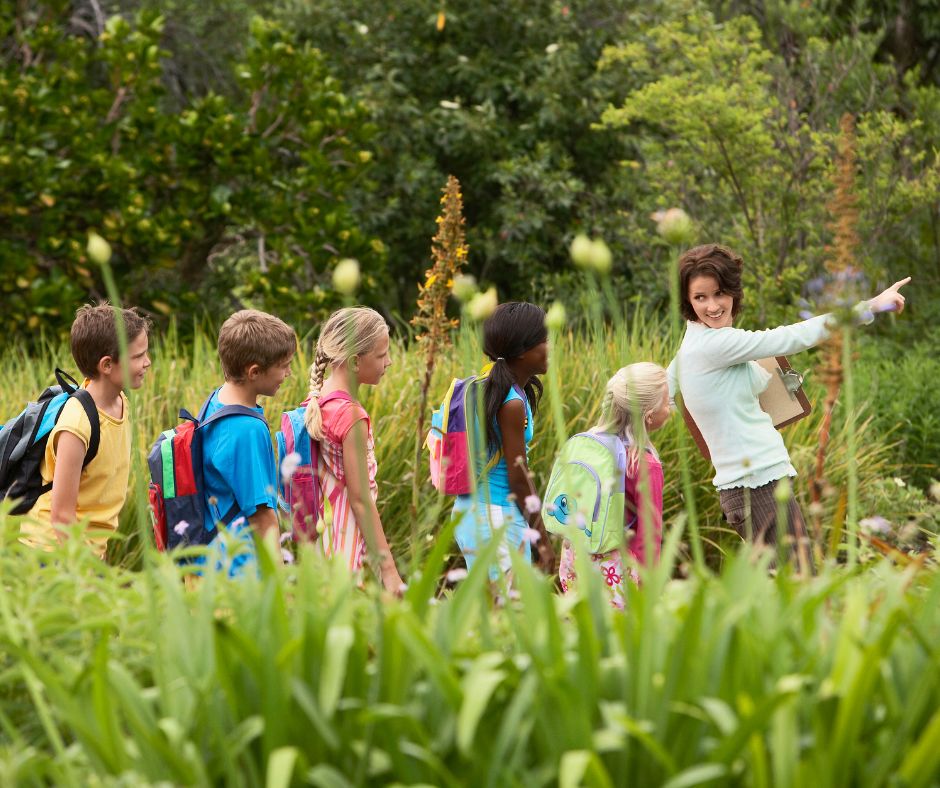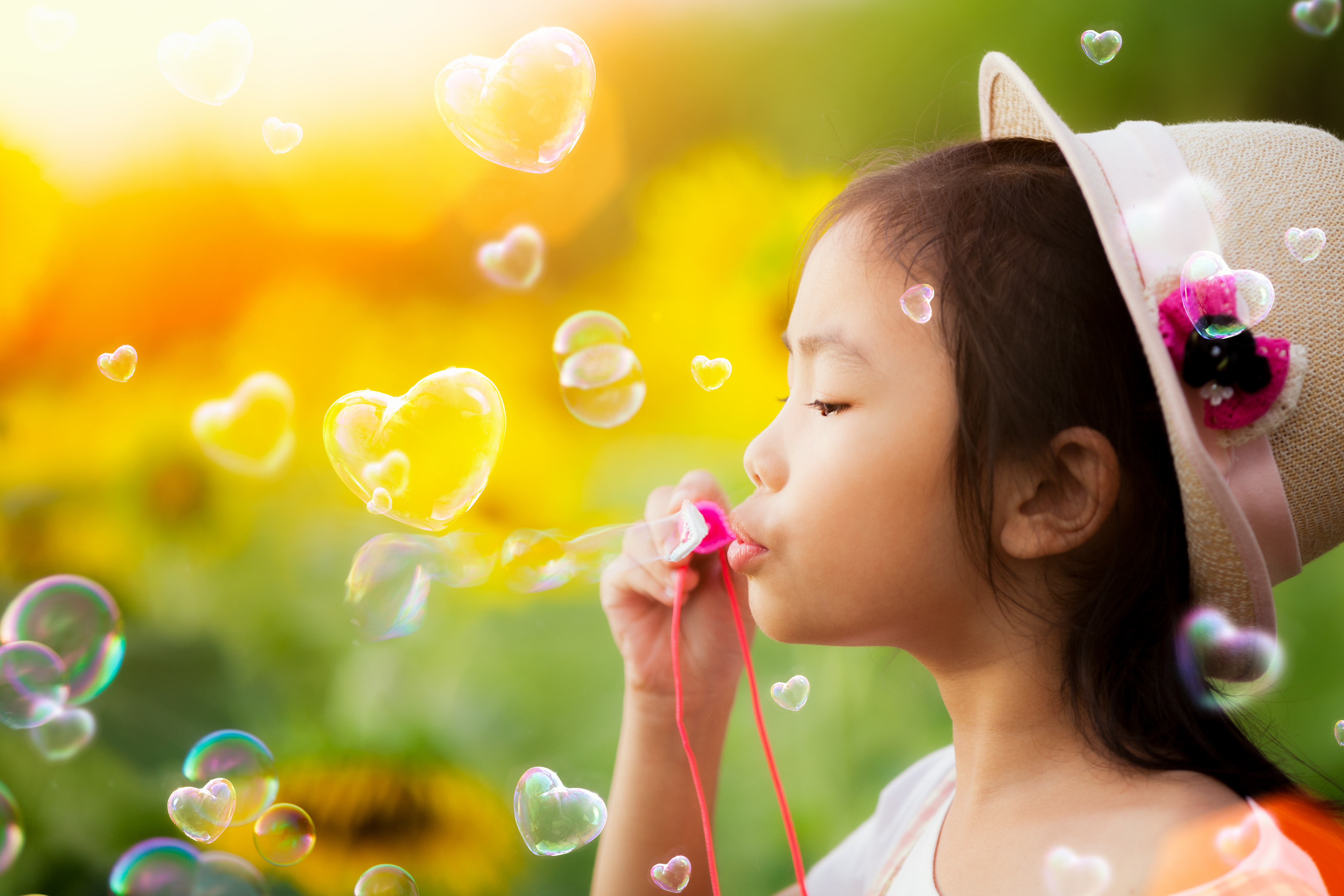
Mindfulness Exercises in the Classroom
At Walkabouts, we understand the importance of teaching mindfulness to students. Mindfulness is a great practice to introduce at an early age because it offers an effective way to address difficulties and manage big feelings.
To introduce mindfulness to students, explain that when people are mindful, they are aware and observant of how they feel and think on the inside as they observe their external environment without judgment. In addition, mindfulness allows understanding and awareness of how outward experiences can impact inward feelings. Mindfulness allows people to learn to react appropriately to external stimuli. Adjust your explanation of mindfulness depending on the age and ability level of your students.
Mindfulness is more than a break from the classroom routine. It is an opportunity for students to practice regulatory strategies. Regular mindfulness exercises with students help them learn to de-stress when they feel overwhelmed or upset, calm their bodies and minds, and regain attention and focus.
ANIMAL ENERGETIC MOVEMENT MINDFULNESS
Animal Energetic Movement Mindfulness will help students actively engage with a variety of movements and reflect on how they feel. Use an open space in the classroom, school building, or playground to allow students to mimic animal movements. Set a timer for free movement in the space, or tell students to move from one area of the space to another. Consider pairing instrumental music to accompany each animal movement. Choose enough animal movements to fill the time allotted.
| Trot like a horse. | Wiggle like an octopus. |
| Gallop like a camel. | Stretch like a giraffe. |
| Slide like a seal. | Jump like a rabbit. |
| Waddle like a penguin. | Scurry like a lizard. |
| Stride like a cheetah. | Crawl like a crab. |
| Bounce like a kangaroo. | Soar like an eagle. |
| Glide like a flying squirrel. | Leap like a frog. |
| Stomp like an elephant. | Strut like a peacock. |
| Hop like a bird. | Pounce like a cat. |
Give students time to reflect on the emotional reactions they have after each animal movement. Do they feel clever, energized, excited, silly, tired, etc.? Extend the fun by pairing students. Have pairs brainstorm another movement one of the animals might make. For example, seals can slide, but seals can also clap or flap their flippers. If desired, encourage students to think of a different animal and come up with a movement it might make. Have the pairs first model their movement for the class, and then have everyone join in. After the activity, reflect with students on how moving their bodies in different ways, working with a partner, and presenting their ideas made them feel.
ANIMAL CALMING YOGA MINDFULNESS
Animal Calming Yoga Mindfulness allows students to enter a more calm and centered state. Yoga helps students focus on their breathing, pay attention to their bodies, and quietly meditate. It allows students to gently stretch their bodies to increase flexibility and soothe muscles.
- BUTTERFLY: Sit on the floor. Bring the soles of the feet together, and center them a comfortable distance from the pelvis. Slowly and gently lower the top of the body down toward the floor. Gently hang the head, and release any tension in the neck and shoulders.
- CAT: Kneel on all fours. Place the hands flat on the floor beneath the shoulders. Arch the back upward into a comfortable, curved position, and allow the head to gently hang.
- COW: Kneel on all fours. Place the hands flat on the floor beneath the shoulders. Gently lower the belly, and lift the chest and head upward.
- CAT/COW: Pair the cow position with the cat position for dynamic movement. Slowly switch between the positions. Manage breathing by inhaling into the cat position and exhaling into the cow position.
- COBRA: Lie on the floor on the stomach. Place open palms on either side of the shoulders. Slowly lift the arms and body up as far as comfortable, and gently stretch the lower back.
- DEER: Sit with crossed legs. Move the left leg behind the body into a triangle position. Gently stretch the left arm straight toward the left knee. Keep the right leg in a triangle position in front, and gently stretch the right arm straight toward the right knee. Keep the head lifted, and comfortably stretch the body forward. Then, switch sides.
- JELLYFISH: Stand straight with legs and feet close together. Gently fold forward from the waist toward the floor. Allow the head and arms to comfortably hang. Gently sway the arms from side to side.
- ROADRUNNER: Get into a plank position on the floor with hands under shoulders and feet outstretched behind. Then, bend the left knee and bring it closer to the hands while firmly centering the left foot under the body. Place the left foot back on the floor in a plank position aligned with the right foot, then switch sides. Manage breathing by inhaling when bringing a foot toward the center and exhaling when bringing the foot back to meet the other.
Mindfulness can enhance concentration and comprehension. Help students get geared up for learning and build self-regulation techniques with regular mindfulness activities in the classroom.
Walkabouts are unique, movement-rich lessons that support mindfulness and social and emotional learning. With standards-based content from Pre-K to 5th grade, Walkabouts incorporate movement with reading, language arts, and math. Whether for home or school, a single student or an entire state, there is a Walkabouts subscription that’s right for you.





